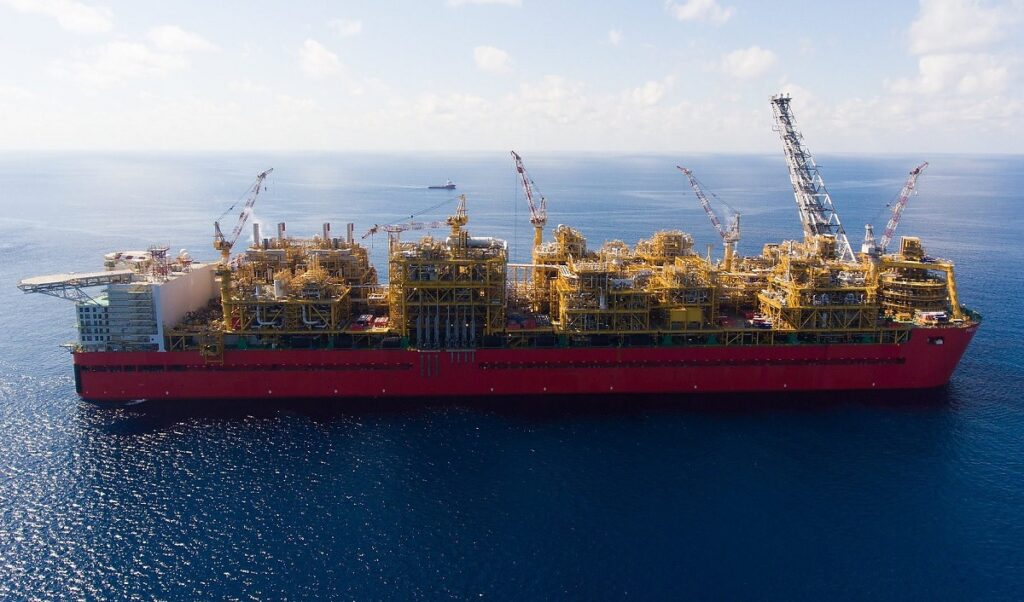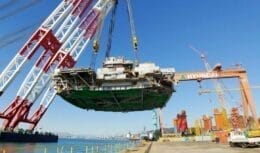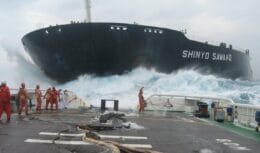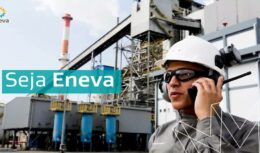
The idea is to use digital transformation to mitigate risks and improve the performance of offshore platforms
As Floating production, storage and transfer unit (FPSO) are among the biggest investments that oil and gas producers have to make.
On the one hand, these massive ships offer the promise of exponentially increasing productivity and warehousing flexibility over their shore-based peers. On the other hand, they bring a colossal increase in the price of equipment, operation and maintenance.
According to research by McKinsey, the heavy industry project sector went over budget and planning by 30% and 45% on average. The percentages for engineering, purchasing and manufacturing (EPCs) projects, on average, are even worse across the industry.
Production is yet another challenge. Due to sub-optimal operations, unscheduled downtime and operational incidents, according to Rystad Energy, a growing portion of the industry experiences approximately $500 billion a year in deferred revenue globally.
However, despite these industry statistics, the most successful FPSO operators are achieving over 99% uptime and in some cases closer to 100%.
But how can companies with a high level of productivity use digital technologies to maintain and or even optimize their existing operations?
For those who are embracing the advantages of the new Floating Production Units (Floan Pproduction Storage - FPSO) or looking for an increase in the existing ones, it's time to turn the gears and redirect the trajectory.
A Floating Unit vessel could be physically disconnected from land, but it must be able to continue taking full advantage of the latest digital technologies developed and the work process.
In this article, we will provide some ideas for the new end-to-end connection strategy to enable producers to proactively mitigate risk and extract greater value from each stage of the lifecycle of their fleet of ships.
THE CHALLENGES OF FLOATING PRODUCTION UNITS
Before getting into the issue of digitization, let's take a closer look at the challenges thinking about FPSO operational effectiveness.
Reliability and management of key production assets remains the critical point – unplanned maintenance of a floating production unit costs about a hundred times more than the land equivalent.
Maintenance equipment and specialized labor are always lacking on board, the need for which represents the high cost and inconvenience with regard to transport equipment and personnel for remote locations.
In addition, the turnover rate of operations staff is higher than average.
New teams must be trained by experts with certified experience to be efficient and follow crucial security measures.
All these issues have a negative impact on the useful life of equipment and increase the cost of operations and maintenance.
At the same time, health, safety, security and environment (HSSE) is another major challenge. One of the main objectives of the industry is to reduce and eliminate incidents, especially those related to safety, leakage (of hydrocarbons) and cybersecurity.
For example, the number of ransomware incidents involving the manufacturing sector increased by 156% between the first quarter of 2019 and 2020. Added to this, a number of factories have recently come under cyberattack threats, including one of the largest oil pipelines in the United States, the Colonial Pipeline. In May 2021, the operator shut down more than 8 miles of the pipeline, which carries 45% of the East Coast's fuel supply, to contain a ransomware breach.
POSSIBLE SOLUTIONS
To solve these challenges, the Rockwell Automation recommends that oil and gas companies look to industrial suppliers who use NIST and ISO/IEC 27032 standards throughout their enterprise for ongoing monitoring and management throughout their lifecycle.
In addition, oil and gas producers also need to contemplate the reduction of their staff of workers in the productive environment and improve their safety conditions. Finally, companies must commit to implementing full regulations regarding environmental care as part of the social responsibilities to be achieved, including the drastic reduction of carbon emissions.
ENABLING DIGITAL TRANSFORMATION
The challenge posed by implementing these changes has dramatically affected the effectiveness of large offshore projects. However, creating a “connected ship” could help to develop and implement the entire strategy, producers could mitigate these and other risks and set in motion a reduction in total cost of ownership through the effective initial execution of the First Oil Date and achieve long-term operational efficiency.
Based on a fully digitized approach, such as those developed by Rockwell Automation, the connected vessel benefits every step of the design and operation. Unifying digital strategies and leveraging content across the organization is key.
This “digital thread” starts at the design stage and continues through the entire production lifecycle of the facility.
Through digital transformation, producers can save on the total cost of ownership through effective execution from the beginning of the project, as well as long-term operation. This because:
- A simplified scope reduces capital costs.
- Improvements in the project application schedule reduce costs.
- Improved operations via availability, reliability and maintenance increase production and overall equipment effectiveness.
The result? Through the use of connected vessel methodology and technology, potential savings of up to $150 million per floating production project can be achieved. That's not counting the long-term benefits.
So why not take steps to control what's possible?
By investing in the construction and operation of a connected ship, it is possible to effectively reduce risks, boost efficiency, optimize performance and realize the true potential of your assets.
By Greg Trostel and Roger Burnison












